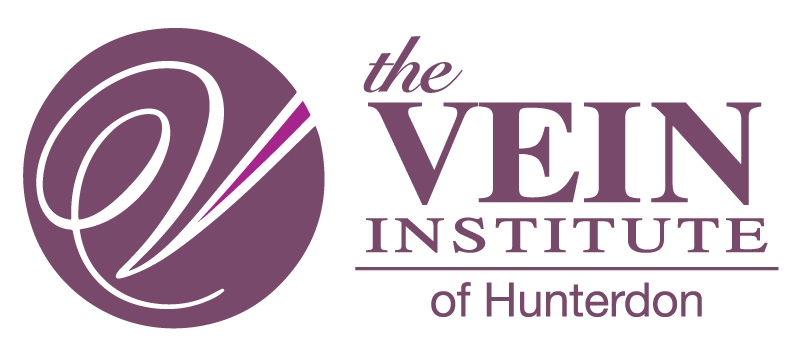Reticular Veins
Having an issue with your veins can decrease your self-confidence and make you shy away from doing the activities you love. Vein conditions occur on a spectrum, with varying degrees of appearance and symptoms. At the Vein Institute of Hunterdon, our expert vein specialists treat a variety of vein conditions, including a specific type known as reticular veins.
What Are Reticular Veins?
Reticular veins are enlarged veins that occur near the surface of the skin. They tend to be larger than spider veins (with a diameter of 1 mm to 3 mm versus less than 1 mm) but are smaller in girth than varicose veins. Like spider veins, they are a visible nuisance, but they don’t cause physical symptoms such as pain. Reticular veins are often “feeder veins” into networks of more narrow spider veins.
Reticular veins do not protrude or bulge from the skin. Varicose veins, on the other hand, can protrude from the skin and cause a number of symptoms.
Contact Us
Who Is at Risk for Reticular Veins?
Similar to other vein conditions, like spider veins and varicose veins, reticular veins are more likely to occur in women. This type of vein condition can develop if blood is not flowing optimally through the vessels, known as venous insufficiency.
Other risk factors for reticular veins include:
- A family history of vein conditions
- Obesity
- Pregnancy
- Older age, especially post-menopause
- Long periods of sitting or standing
Symptoms of Reticular Veins
Reticular veins are primarily a cosmetic concern—they should not cause symptoms other than being visually bothersome. If you do have symptoms, they may be mild, such as mild discomfort or burning. If you’re experiencing other symptoms in connection with visible reticular veins, such as pain, cramping, aching, leg heaviness or frequent skin infections, it may be a sign of a different kind of venous condition.
How Are Reticular Veins Treated?
The treatment of reticular veins includes a procedure known as sclerotherapy. During this procedure, a provider injects a solution into the vein, which causes it to collapse over time and become less visible. Outside of this therapy, you can take other measures to reduce the appearance of reticular veins and prevent the development of more reticular veins. These include keeping your weight within an ideal range, staying active and mobile, wearing compression stockings and elevating your legs.
What to Do If You’re Experiencing Signs of Reticular Veins
Reticular veins can be a nuisance, similar to the spider veins that they tend to feed. If you would like to boost your confidence by reducing the appearance of unsightly reticular veins, contact The Vein Institute of Hunterdon to schedule a consultation with our Clinton, NJ vein specialists today.
Schedule Your Appointment Today!
Give us a call at
(908) 788-0066
or schedule a free vein consultation to learn more!
